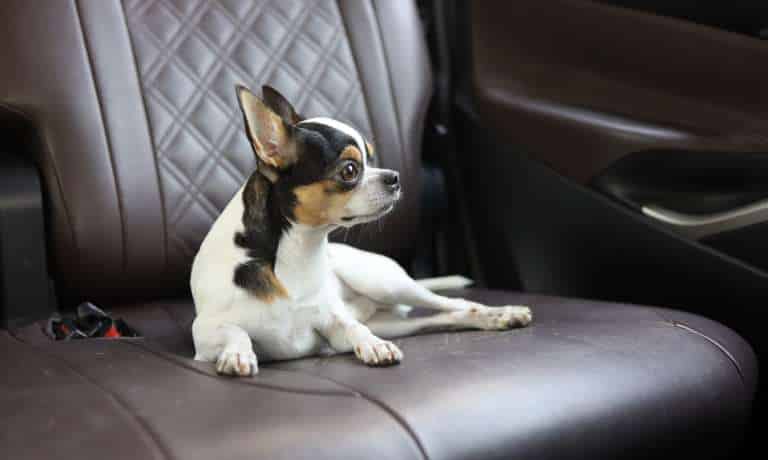
Traveling with a pet that’s prone to motion sickness can make a simple trip challenging. Whether you’re going on a long vacation or just a short drive to the vet, understanding how to manage your pet’s discomfort can make all the difference. Motion sickness in pets is not uncommon, and by taking a few key steps, you can help give them the comfort and support they need.
Understanding the Signs of Motion Sickness in Pets
Pets, just like humans, can experience motion sickness during travel. Signs of motion sickness in pets include drooling, excessive panting, whining, or vomiting.
Some pets may become anxious or restless as the sickness sets in. Recognizing these symptoms early allows you to act before the situation worsens.
Preparing for Travel
Before hitting the road, take some time to prepare your pet for the journey. This preparation might include adjusting their mealtimes to avoid a full stomach before traveling, which can exacerbate nausea. Otherwise, you may find yourself searching for ways to replace the carpet in your classic car instead of reaching your destination on time.
Offering small amounts of water can help keep your pet hydrated without causing discomfort. You might also consider taking them on shorter trips in the car to help them gradually get used to the motion.
Medicating Your Pet
If your pet continues to experience motion sickness despite preparation, certain medications may provide relief. Many pet owners turn to over-the-counter solutions like Benadryl, which can help with both anxiety and nausea. However, it’s important to consult your veterinarian before administering any medication.
Your vet can help you determine the correct dosage of Benadryl for dogs, maintaining your pet’s safety and well-being during travel. Never assume the human dosage will work for pets, as they have different needs.
Make the Car Ride Comfortable
Keeping your pet comfortable during the car ride is another way to reduce motion sickness. For starters, use a well-ventilated crate or harness to keep them secure and safe.
Some pets may benefit from facing forward while traveling, as this can minimize the feeling of disorientation that often triggers nausea. Additionally, opening a window slightly for fresh air can help. Just practice caution and avoid letting your pet stick its head out of the window.
Plan Breaks Along the Way
If you’re going on a long trip, plan regular stops to allow your pet to stretch, walk around, and relieve themselves. These breaks can help relieve motion sickness and give your pet a chance to reset before continuing the journey. Short walks also help reduce anxiety and motion-related discomfort.
Traveling with a pet that’s prone to motion sickness doesn’t have to be stressful. With the right preparations, medications, and environment, you can make the experience more enjoyable for you and your pet. And remember, always consult with your vet to determine whether medication is the right course of action.





